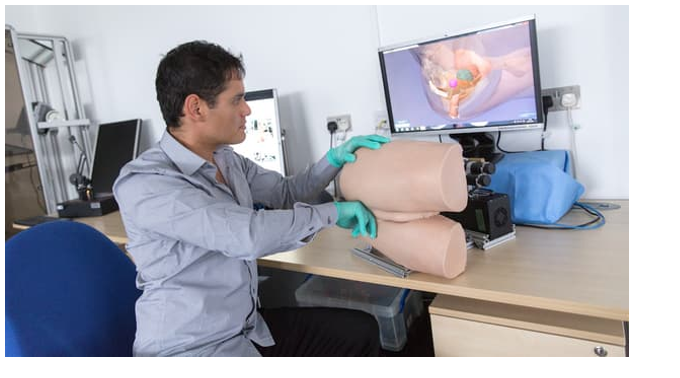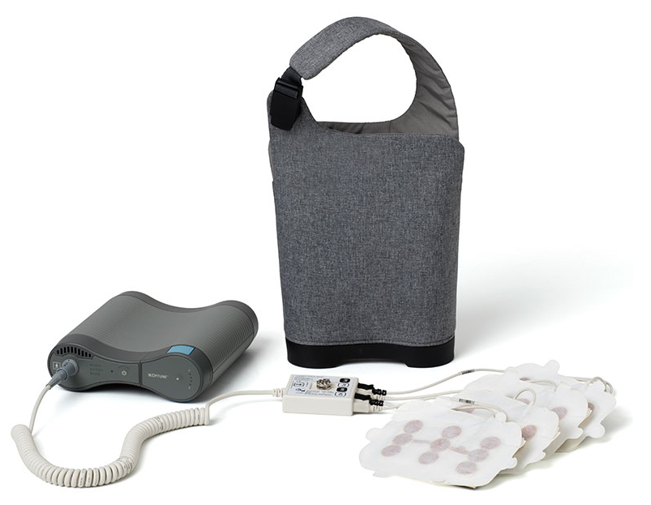Robotic rectum helps doctors get a feel for prostate exams
Prostate exams aren’t exactly an enjoyable experience, but if you ever need one, you’ll want the doctor to know what they’re doing. Unfortunately, the procedure is difficult for med students to learn, thanks to the internal nature of the examination and a lack of willing test subjects. Scientists at Imperial College London wanted to solve that problem by developing a robotic rectum that recreates the feel of the real thing and even provides haptic feedback. The cheek-clench-inducing procedure involves a doctor snapping on a glove and probing a man’s back…
Read More






